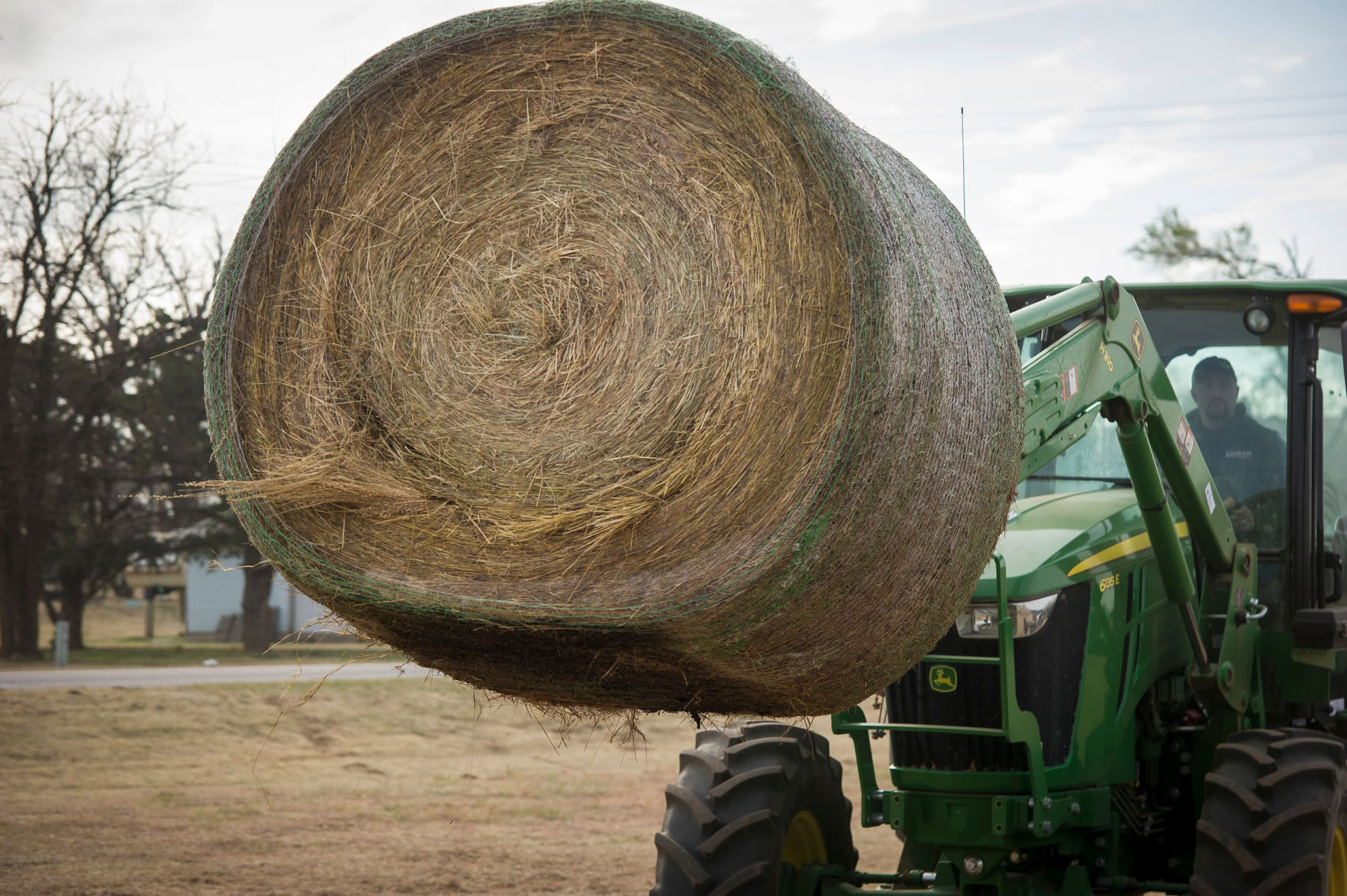State-By-State Hay Summary

Colorado—In the May 23 report, compared to the last report, trade activity and demand light. Southeast Colorado has started putting first cutting alfalfa and triticale in the windrow. Stable hay sold mostly steady. Growers and buyers are beginning to contract new crop first cutting baled alfalfa in northeast Colorado. Growers are reducing old crop asking prices in an effort to limit carry over.
Missouri—In the May 23 report, compared to last report, the supply of hay is light to moderate, and prices are mostly steady. Farmers managed to get back into fields this past week. Planting was priority for most although there was some haying done by those brave enough to not look at the weather and lucky enough to not have a rain pop up over their fields. Despite some delays over the last couple of weeks hay progress is running just slightly ahead of the five-year average in the state. Although there is some hay moving overall movement is slow and demand is light which is fairly typical for this time of year.
Nebraska—In the May 23 report, compared to last report, old crop hay sold steady on a light test. New crop hay too lightly tested for a market trend. Dehydrated operators in east and Platte Valley have started cutting and processing for new crop dehydrated pellets. Few, reports of baled alfalfa in the eastern side of the state between rain showers. Most producers will probably wait till after the Memorial Day weekend to get started on first cutting of alfalfa. Rain reports across the state varies from 2 to 10 inches from Monday’s storms with several fields in the eastern area with flooding. Some hay is heading to Kansas as most of that state is experiencing drought conditions.
Oklahoma—In the May 24 report, compared to the last report, storms across Oklahoma have slowed down some hay trade as well as hay baling. Wheat hay movement has picked up but not enough to say the demand is high. Old-crop hay continues to move lower in price as the new hay season starts. There are still some barns full of old-crop hay that are trying to be sold and emptied for new-crop hay. Wheat harvest has started in parts of Oklahoma. The rest of Oklahoma’s wheat harvest will begin in the coming weeks, which might slow down more trade. Next report will be released June 7.
Texas—In the May 17 report, hay prices are mostly steady. Trading activity is moderate on moderate buyer demand. Supplemental livestock feeding is spotty in portions of the west, Panhandle, and Hill Country due to abnormally dry conditions. According to USDA-NASS, national hay inventories were at their lowest levels since the reporting began in 1974. However, Texas A&M Agrilife Extension stated that prospects for higher hay yields this season are being fueled by heavy rainfall across the central, south central and east Texas hay production regions. Coupled with warmer nighttime temperatures, these conditions have helped spark growth of warm-season forages used in hay production. Pricing on new crop hay still remains at last years higher price point so far, as hay producers are still facing high input costs and trying to determine if the rains will continue. Demand has also been somewhat limited as spring pastures are holding stocking rates in most regions in the meantime. Next report will be released May 31.
South Dakota—In the May 24 report, compared to last report, demand has been steady and some farmers have started cutting. Demand is expected to pick up in when first crop is cut. It has been raining which has been slowing farmers down. South Dakota is mostly under normal soil conditions except for western South Dakota is under abnormally dry to moderately dry soil conditions.
New Mexico—In the May 24 report, compared to last report, hay sales are steady and the demand is low in some parts of the state. There has been some hail reported on the east side of the state and little to no moisture for the rest of the state. Alfalfa hay for the first cutting is 64% complete, southern part of the state are 3% into their second cutting. According to National Agricultural Statistics Service New Mexico field office May 19, hay and roughage supplies were reported as 41% very short, 50% short, 8% adequate, and 1% surplus, compared with 40% very short, 53% short, and 7% adequate last week.
Wyoming—In the May 23 report, compared to last week, all reported hay sold steady on a thin test. Demand was very light. Overall, most alfalfa fields are a tick behind schedule as cold or cooler weather has been prevailing. Some reports of 32 degree temperatures early May 22 across the state. Frost like conditions slow the growth of forages. Some producers are busy in the fields planting new crop alfalfa in there crop rotation.
Montana—In the May 24 report, compared to last report, hay sold generally steady in a narrow comparison. Hay sales were light this week. Rain and snow was very beneficial to drought plagued locations especially in central Montana where hay production is the heaviest. Local demand for hay has lighten as most ranchers have turned out for the summer. Hay to ship to Canada has started to slow as well as they near turnout time. A large portion of the hay in todays report is destined for Canada. Carry over hay supplies have lightened and many report lighter carry over than previously thought after the last month of heavy movement. Most producers are reporting carry over between 500 to 2,500 tons, depending on the size of the operation. Much of the hay that was purchased remains in producers hands or still on the edge of their fields as many ranchers opted to take delivery in the summer or early fall. Demand for straw is light as heavy straw supplies continue to be seen especially in the northern portion of the state.



